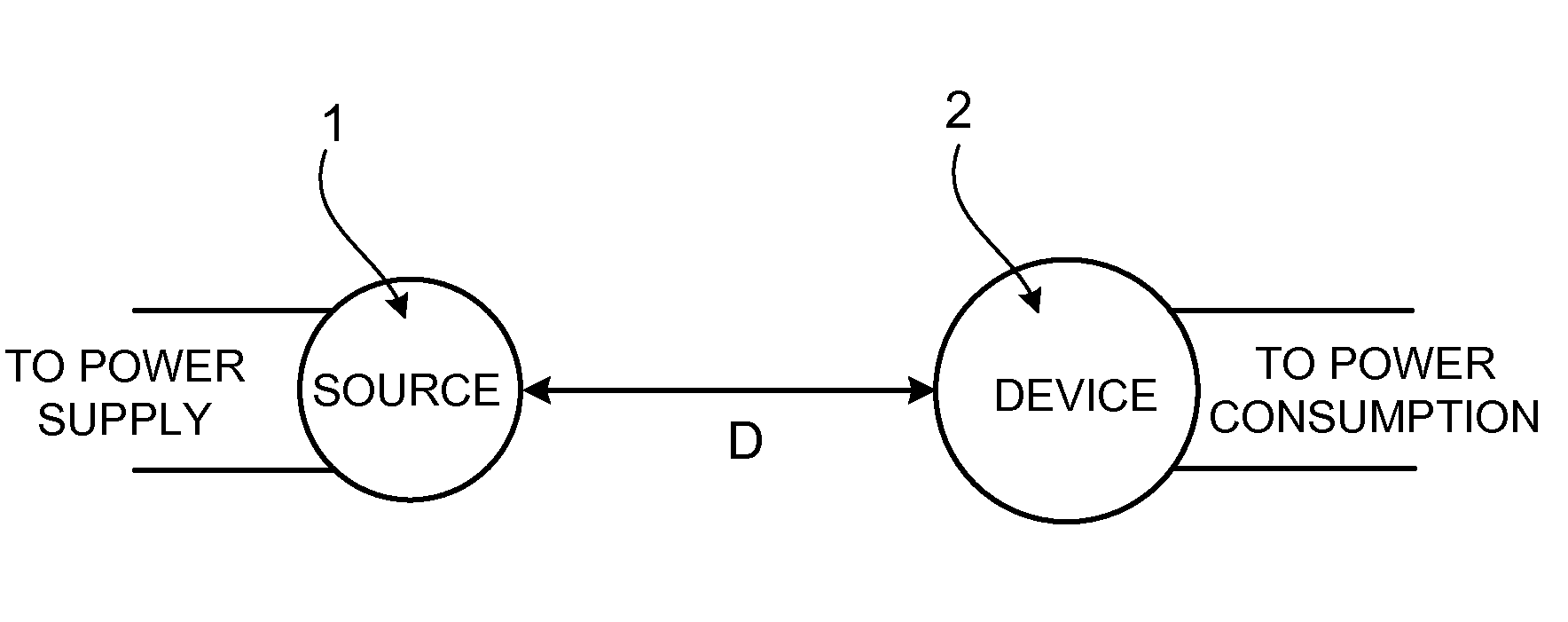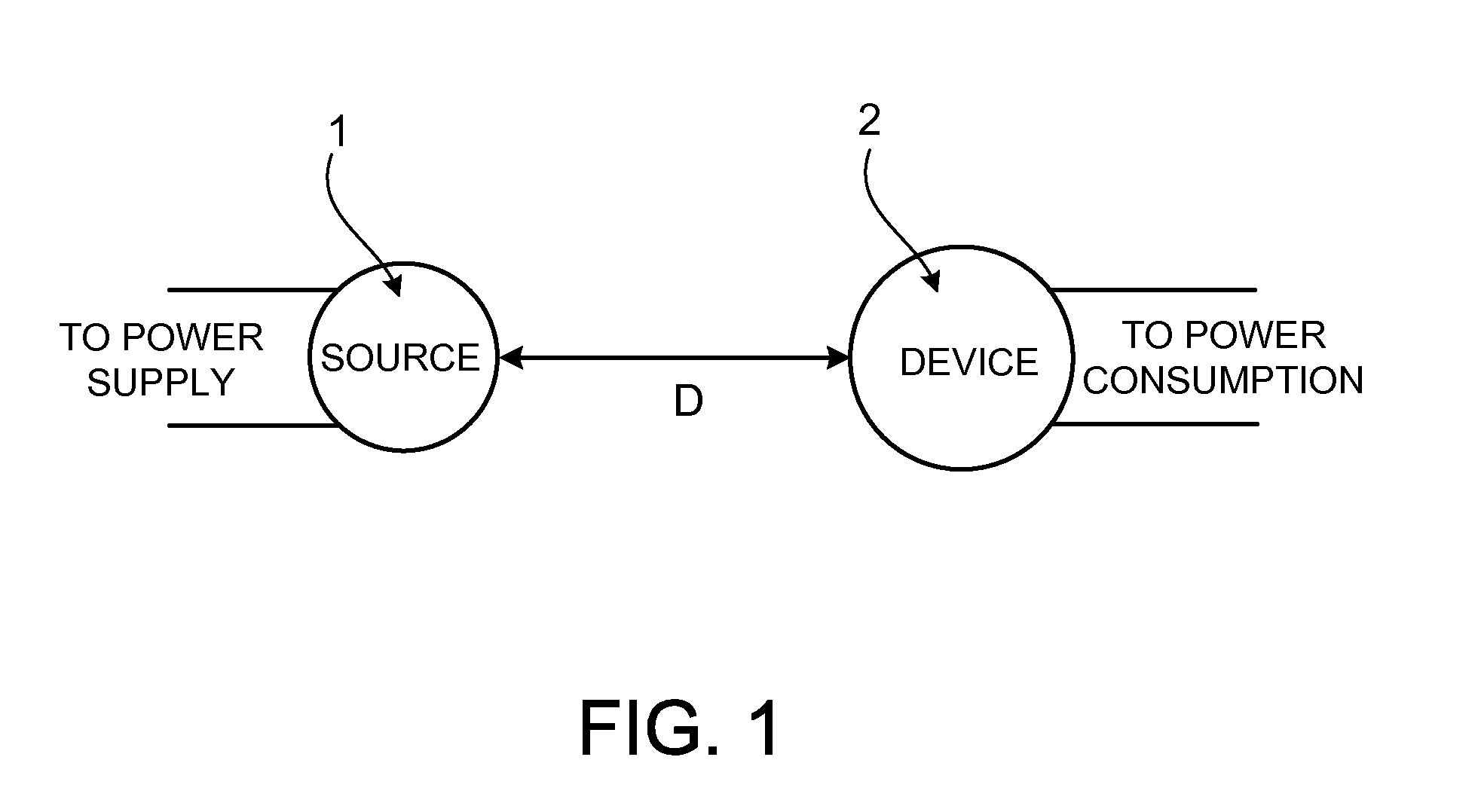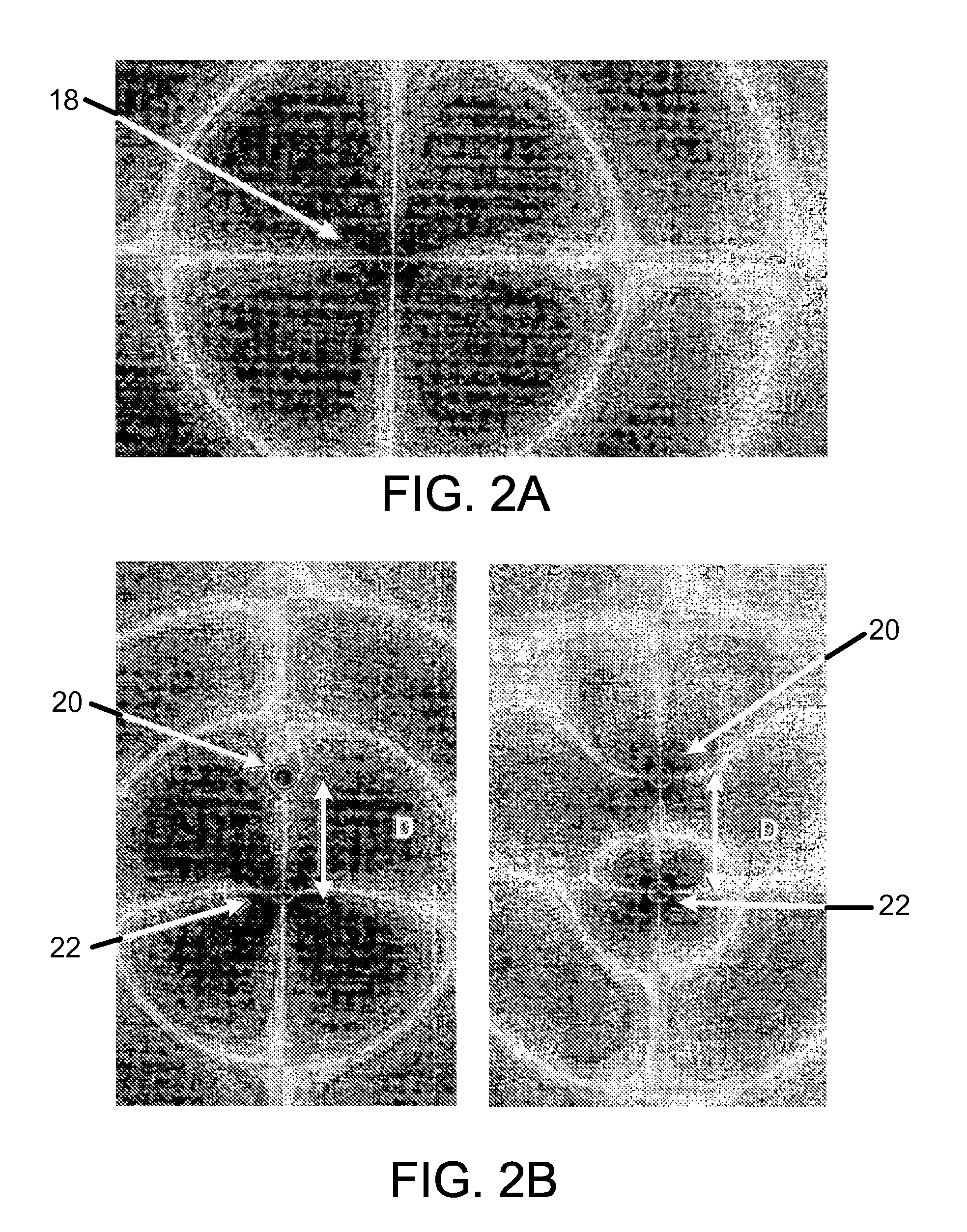Wireless non-radiative energy transfer
a non-radiative energy and wireless technology, applied in waveguide devices, resonance antennas, transportation and packaging, etc., can solve the problems of not being suitable for such energy transfer, omni-directional antenna radiative modes, and little success in efforts
- Summary
- Abstract
- Description
- Claims
- Application Information
AI Technical Summary
Benefits of technology
Problems solved by technology
Method used
Image
Examples
Embodiment Construction
[0034]In contrast to the currently existing schemes, the invention provides the feasibility of using long-lived oscillatory resonant electromagnetic modes, with localized slowly evanescent field patterns, for wireless non-radiative energy transfer. The basis of this technique is that two same-frequency resonant objects tend to couple, while interacting weakly with other off-resonant environmental objects. The purpose of the invention is to quantify this mechanism using specific examples, namely quantitatively address the following questions: up to which distances can such a scheme be efficient and how sensitive is it to external perturbations. Detailed theoretical and numerical analysis show that a mid-range (LTRANS≈few*LDEV) wireless energy-exchange can actually be achieved, while suffering only modest transfer and dissipation of energy into other off-resonant objects.
[0035]The omnidirectional but stationary (non-lossy) nature of the near field makes this mechanism suitable for mob...
PUM
 Login to View More
Login to View More Abstract
Description
Claims
Application Information
 Login to View More
Login to View More - R&D
- Intellectual Property
- Life Sciences
- Materials
- Tech Scout
- Unparalleled Data Quality
- Higher Quality Content
- 60% Fewer Hallucinations
Browse by: Latest US Patents, China's latest patents, Technical Efficacy Thesaurus, Application Domain, Technology Topic, Popular Technical Reports.
© 2025 PatSnap. All rights reserved.Legal|Privacy policy|Modern Slavery Act Transparency Statement|Sitemap|About US| Contact US: help@patsnap.com



